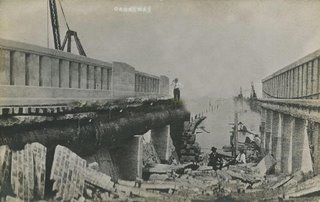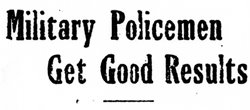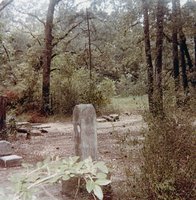170 years young

H-Town, Bayou City, Space City, Clutch City, Magnolia City -- no matter what others call it, I prefer to call it my hometown.
Today, my hometown turns 170.
Some may disagree on the date, but according to the Handbook of Texas, "The city began on August 30, 1836, when Augustus Chapman Allen and John Kirby Allen ran an advertisement in the Telegraph and Texas Register for the 'Town of Houston.' "
Among the townsite's amenities the Allens touted:
"Vessels from New Orleans or New York can sail without obstacle to this place, and steamboats of the largest class can run down to Galveston Island in 8 or 10 hours, in all seasons of weather."
"There is no place in Texas more healthy, having an abundance of excellent spring water, and enjoying the sea breeze in all its freshness."
"Nature appears to have designated this place for the future seat of Government. It is handsome and beautifully elevated, salubrious and well watered...."
At the time this was written, there wasn't much to the town. In fact, it barely existed at that point.
The "WPA Guide to Houston" notes that at the time, Mrs. Dilue Harris wrote:
"There was so much excitement about the city of Houston that some of the young men in our neighborhood, my brother among them, visited it. After being absent for some time they said it was hard work to find the city in the pine woods and that when they did, it consisted of one dugout canoe, a bottle gourd of whisky and a surveyor's chain and compass and was inhabited by four men with an ordinary camping outfit....
"We asked them at what hotel they had put up and whether they went to church and to the theater. They took our teasing in good part and said they were glad to get home alive. They said the mosquitoes were as large as grasshoppers...."
Some things never change, eh?
Labels: city life











